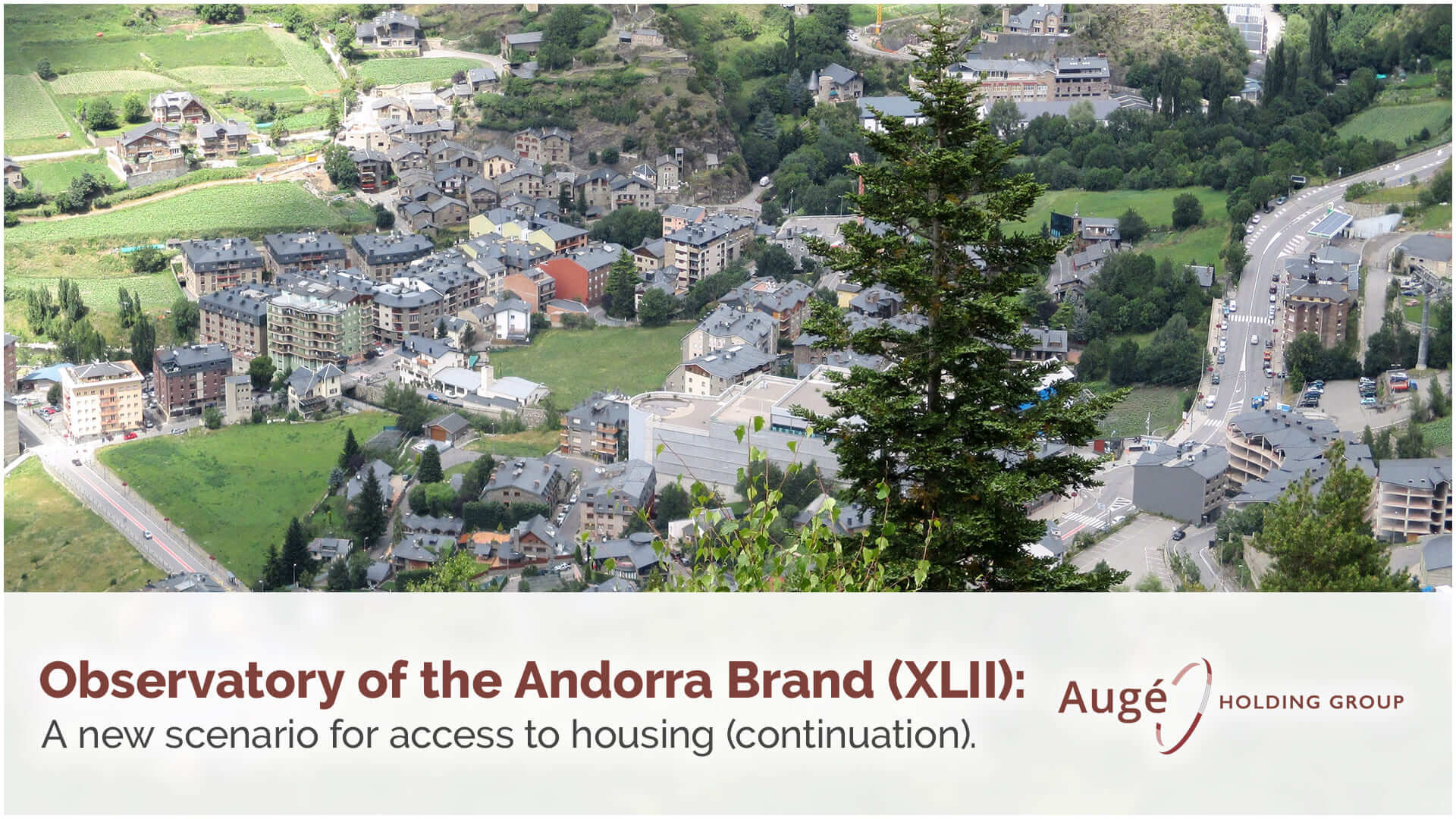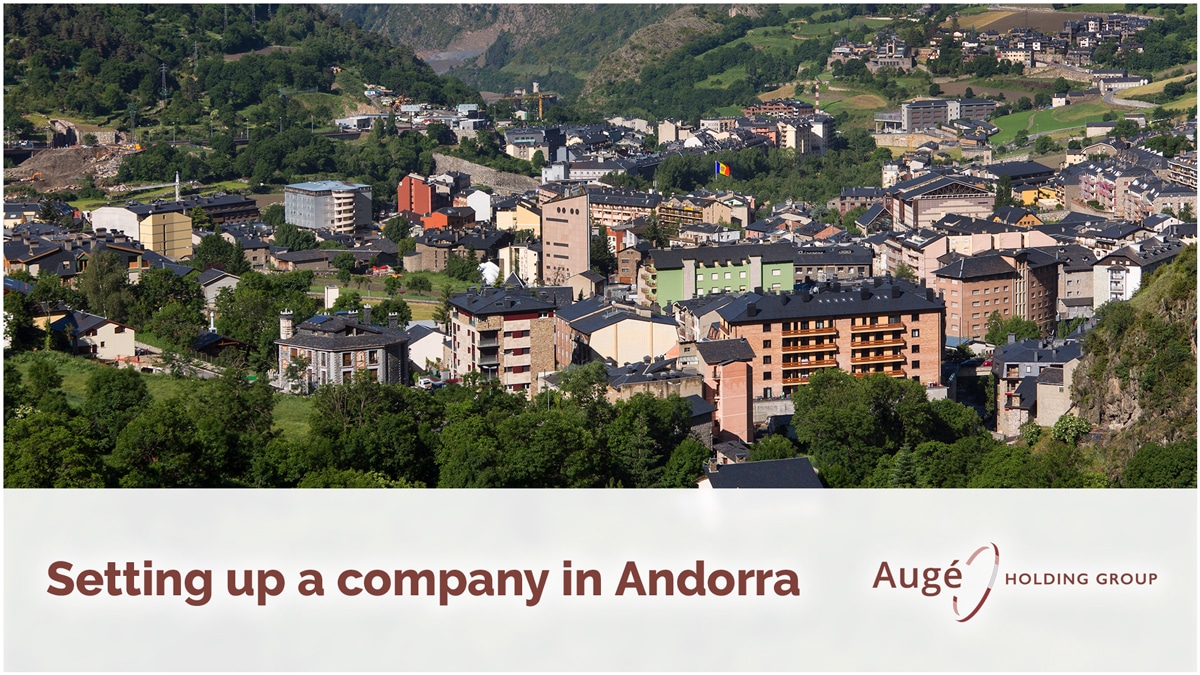“Let’s imagine that each parish creates its Strategic Residential Area (SRA) where there are homes (units of life) surrounded, whenever possible, by nature and minimal complementary infrastructure that dignifies and adds differential value.”
As we noted in the previous article, the current affairs of the country largely revolve around the parliamentary process of the Omnibus bill and the opinions, primarily negative, of the various groups linked to the real estate world and recently also the business sector. The CEA recently issued a statement proposing a substantial reform of the legal text under debate and, among other proposals, focuses on outright rejecting the transfer of rights to use vacant apartments, requests a delayed treatment of restrictions on tourist accommodation, and proposes eliminating restrictions on foreign investment in those parishes that have already conducted load studies and established annual quotas for buildable square meters. The truth is that this appears to be a well-considered position and that a part of the population would likely support it. In fact, the issue of vacant apartments and measures to tax them more heavily has yielded almost no results to date, which suggests that there are probably other measures that would stimulate the availability of these apartments on the market. We have already explained them, but we just need to take inspiration from what has been done recently in Argentina.
However, in the previous article, we attempted to sketch out a new scenario for access to housing and we left it half-finished. The starting point was to value the National Housing Institute and, thus, we asked it to conduct a study that would allow us to know what the real housing needs were in the country and, in particular, how many extended contracts were set to expire in 2027 and what type of housing (location and size) this involved. We also requested that the same study identify the additional housing needs for young people wishing to emancipate or for retirees who will not have access to housing commensurate with their pensions. Finally, this study should identify the real needs by parish and the projections made by the different Comuns regarding these needs, and, of course, with all this data, the impact that the Omnibus measures and complements could have on society and the economy of the country should be analyzed.
With the study in hand, the reference Institute would have relatively little difficulty determining whether it is necessary to build 1000, 2000, or 3000 new homes from Sant Julià to Pas de la Casa and how many of these are in each parish and of what type.
After this analysis, we would move to action in the form of a strategy: essentially, we can focus on two typical models: housing of 50-60 m² with 1 or 2 bedrooms and housing of 80-90 m² with 2 or 3 bedrooms.
Let’s imagine that each parish creates its Strategic Residential Area (SRA) where there are homes (units of life) surrounded, whenever possible, by nature and minimal complementary infrastructure that dignifies and adds differential value (garden, gym, multipurpose areas, or local shops and other services), and that are developed as a result of public-private collaboration, with zero-cost land and the most modern techniques of rapid, efficient, sustainable construction at a much lower cost than conventional methods. Today, construction is already taking place in the country using this new technology, and there are several examples perfectly applicable to the case at hand. So yes, even though it may seem impossible, with this model we can achieve the final goal: rent at 600 and 800 euros respectively for the specified types.
Finally, it would not hurt, as I have emphasized several times, to draw from the experience of our neighbors and import the cooperative model: zero-cost land, construction costs financed by a bank in the country in agreement with the Government, and the financial cost being covered by the rents paid by both parties, whether at 600 € or 800 €, depending on the size of the housing, with a 50-year contract in favor of the cooperators, where revenues, once the construction cost is covered (25 years, for example), would revert to the Government or the Comú owner of the land, which would in turn use those revenues to continue addressing new challenges in the field of housing and other social uses.
And as I have mentioned in some media, if this has not been activated until now, it is due to the complex idiosyncrasy of a country that is still overly conservative and, despite its small size, is totally fragmented by the discord between the Government and the various Comuns.
On the other hand, we observe a curious phenomenon that is surprising and adding confusion to the current debate on housing. We have learned in recent days that of the 354 applications for public housing, 55% have been rejected for not meeting the conditions required by the Government, either because the applicant had income exceeding 30% of the rent price or because they did not reach the minimum wage and therefore could not afford an affordable rent, in which case, the assistance would need to come through another route. In reality, only 52 cases currently meet the criteria, and there are 73 under review. What does this mean? Beyond other considerations that I leave to everyone’s imagination, it is clear that far fewer people than expected are applying for access to affordable housing. To corroborate this, we see that for the vacant apartments in Pas de la Casa, there have so far only been 2 applicants. The conclusion is that, for now, no one wants to live far from home. We are that well accustomed.
However, any conclusion at this point would be premature, as for starters, the citizens are confused, as on the one hand, they only hear people and organizations criticizing everything indiscriminately, whether it is the Government, despite putting affordable housing on the market, or the Omnibus, which is considered not to offer sufficiently strong measures to provide affordable housing on the market. Probably, the comfort of the extensions until 2027 creates a false sense of lack of need; this often happens when day-to-day life consumes you and you don’t have time to reflect. But the reality of 2027 will be different and very evident, and it is necessary to take urgent measures aimed at, first studying, then planning, and finally constructing and allocating housing to the thousands of citizens who will soon realize that the reality is harsher than what they have had time to analyze!




